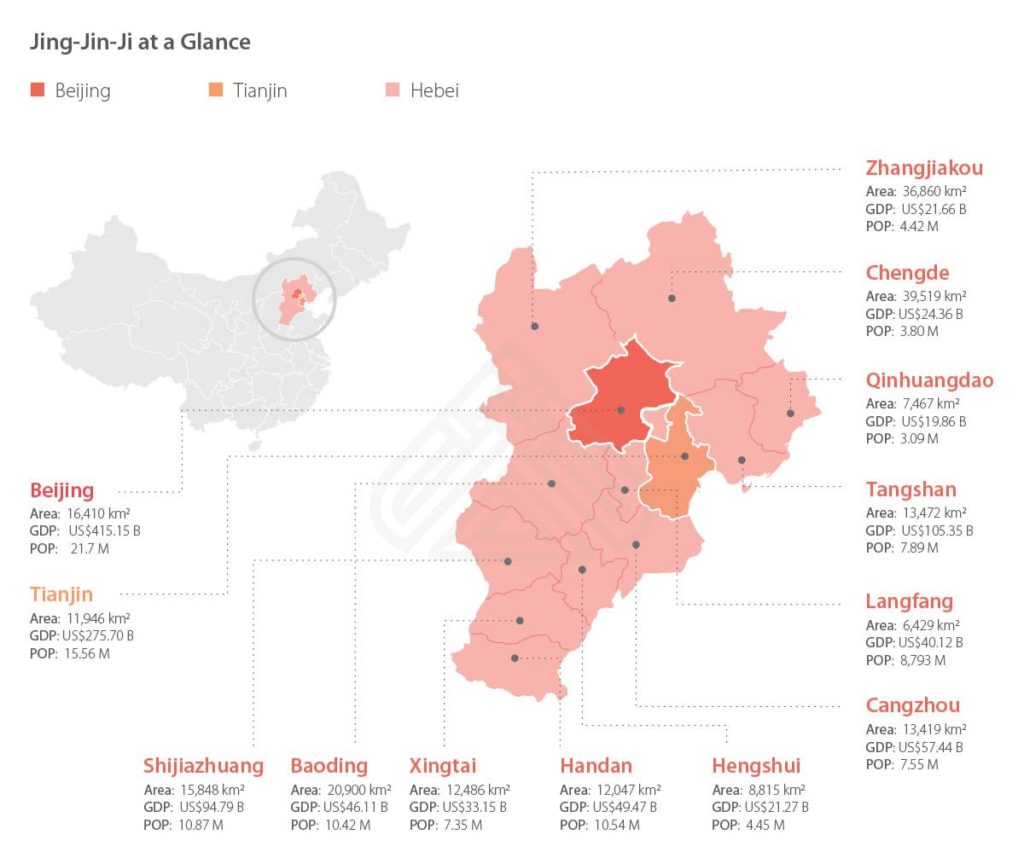Improving Grid Interconnection to Mitigate Climate Change
Decentralization of energy distribution is a popular energy solution, but interconnectivity on local, regional and transnational levels is also a game-changer and great equalizer according to the Global Energy Interconnection Development and Cooperation Organization (GEIDCO).
The transition from fossil to renewable energy is assuredly the most promising option for the climate future and 2015 Paris goals, especially for the power sector. There are different ways to achieve the transition, and opinions on the direction differ. If future energy demand is met mostly by renewable power generation, decentralization (distributed generation and energy storage) and improving grid connectivity are two potentially feasible and plausible solutions. There are arguments in favor of a decentralized electricity system and an independent energy supply than there are for improving grid connectivity for renewables. However, there are many cases showing considerable benefits from grid connectivity, suggesting that decentralization is not a universal solution.
Power grids in China are an important platform for facilitating the integration of renewable generation.
One example is the supply of green electricity to the Beijing-Tianjin-Hebei urban agglomeration (Jing-Jin-Ji). This area had gross production of 8.46 trillion RMB (1.1 trillion Euros) in 2019, accounting for around 8.5% of China’s GDP, with annual electricity consumption of around 590 TWh. If distributed generation with energy storage is considered the only solution to electricity supply, without consideration of grid interconnection with neighbouring provinces – that is to say, if the area’s entire 590 TWh electricity demand is powered by local wind and photovoltaic generation – battery storage of 5 TWh is expected to be needed to maintain the security of supply and avoid blackouts due to the intermittent presence of wind and sunlight, especially during the summer. Considering the cost of batteries is around 1,000 RMB (130 Euros) per kWh, the total investment for installing the 5 TWh battery could be up to 5 trillion RMB (0.6 trillion Euros), which is close to the assets of power grids for the whole country (6 trillion RMB, 0.7 trillion Euros).

Power grids in China are an important platform for facilitating the integration of renewable generation more broadly, creating more opportunities to smooth renewable outputs as a whole, and reducing the cost of supplying renewable electricity on demand. A recent study showed that energy storage alone is not feasible to keep electricity supply stable, if the share of renewable generation exceeds 50%. It is necessary to keep a balance between local self-reliance and improved grid connectivity with neighbouring areas, integrating technologies that are available and feasible to take-up renewable energy while reducing costs, such as grids, microgrids, and power-to-gas. In that sense, improving power grid interconnection regionally and globally can be a beneficial energy solution.

Countries tend to rely on their own electricity grids for the sake of energy independence. From a security point of view, it makes sense that dependence on neighbouring countries might threaten energy security. However, if sufficient political will, solidarity, and mutual trust between the countries are developed carefully, a more interconnected grid can provide considerable benefits for everyone involved. The year 2020 was a reminder of how fragile humanity can be. International cooperation and solidarity carry hope even in the face of challenging emergencies such as climate change and the COVID-19 pandemic. This is a planet we all share together.